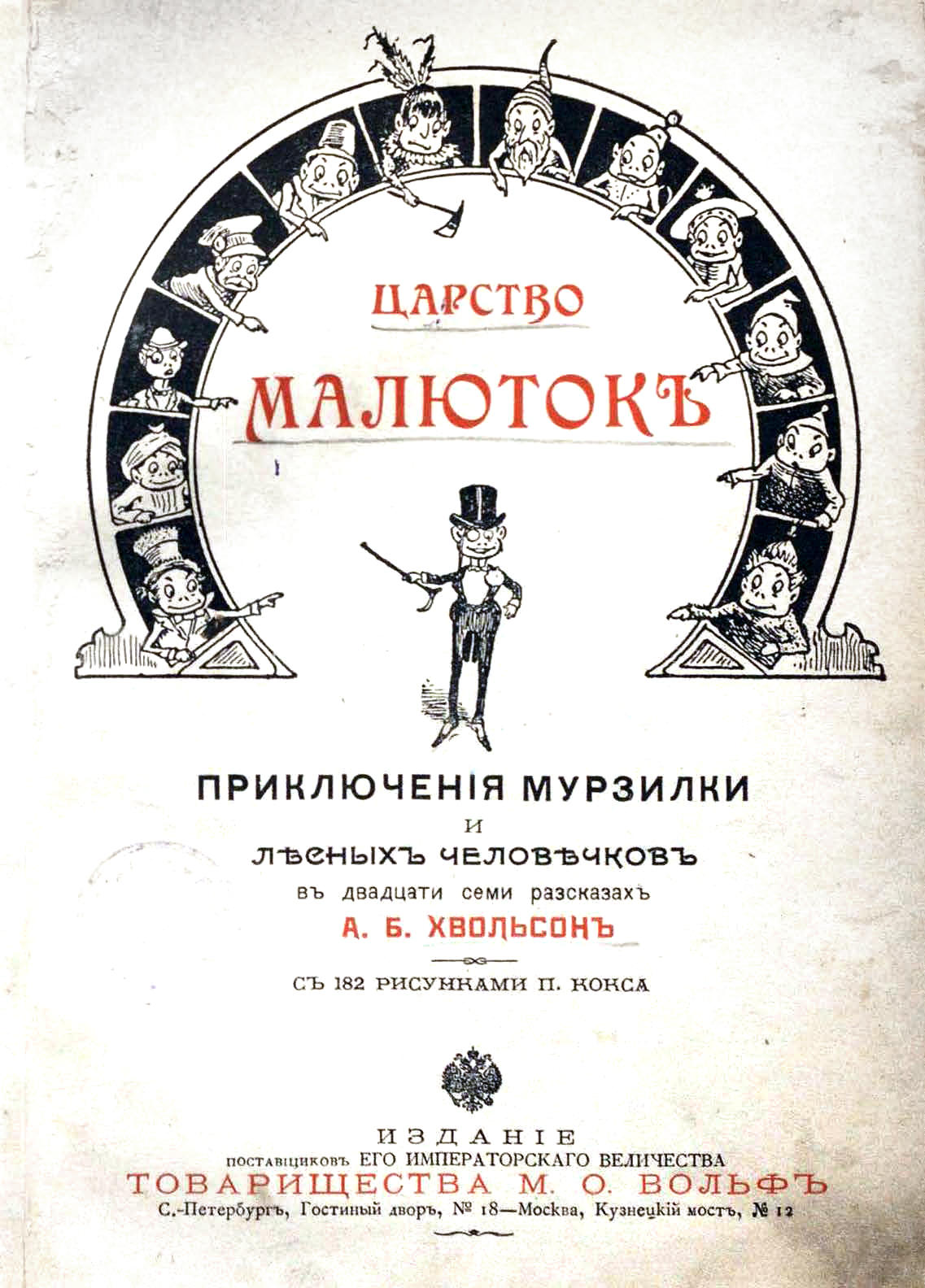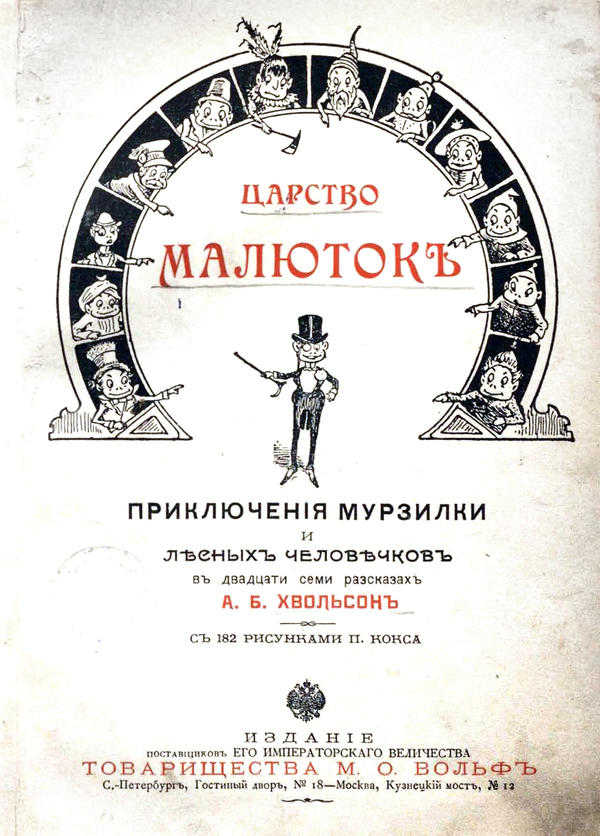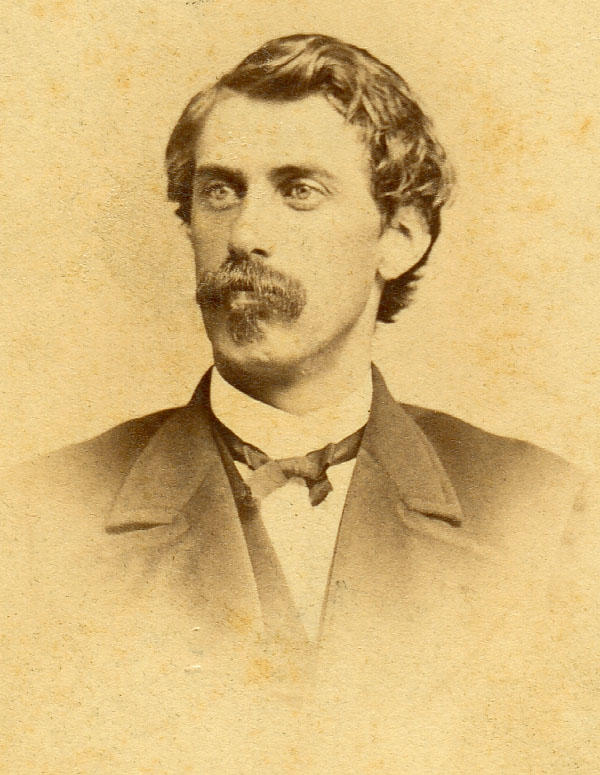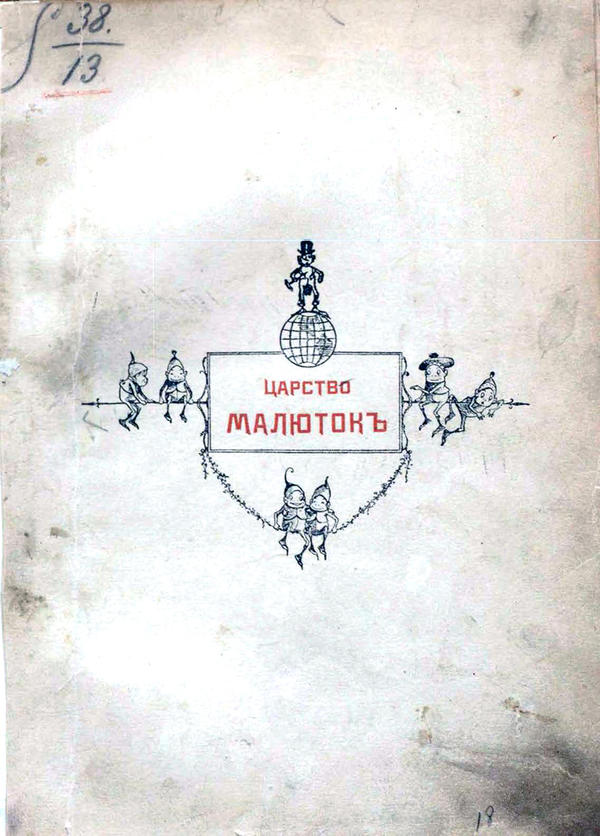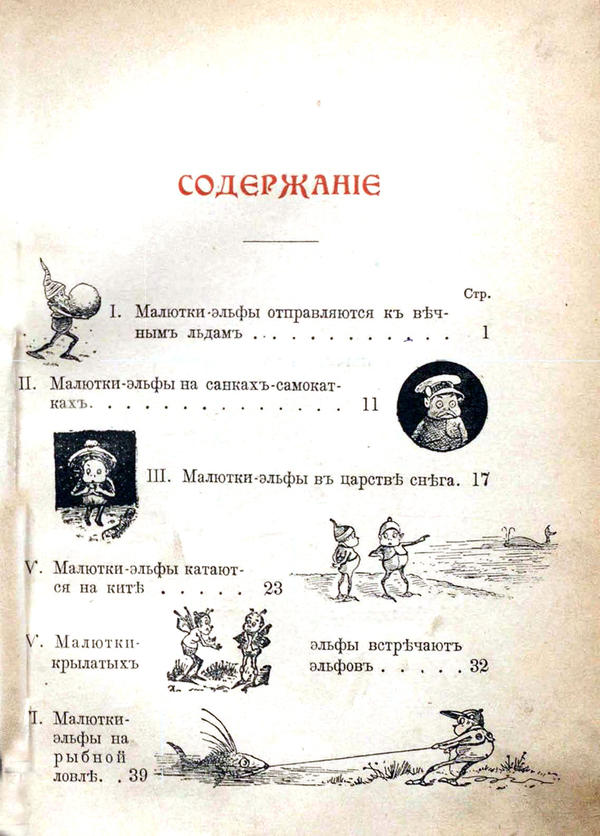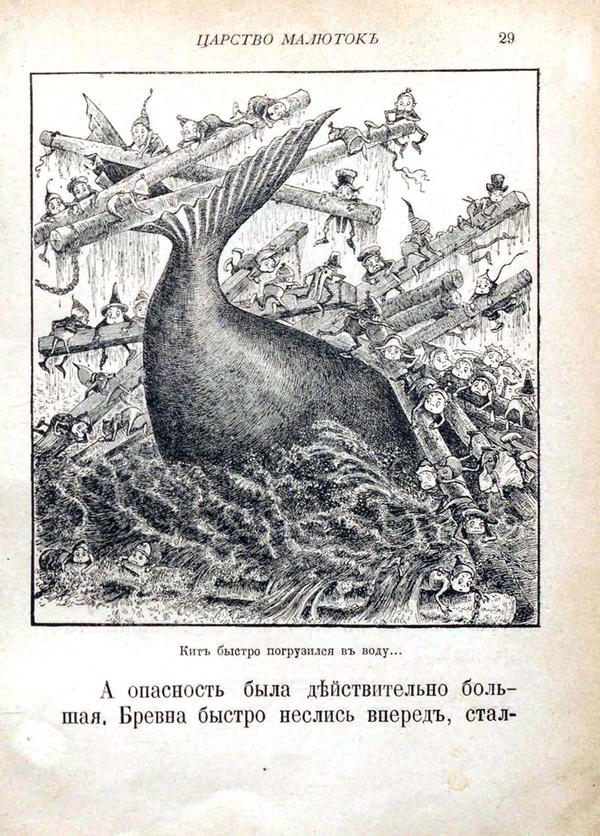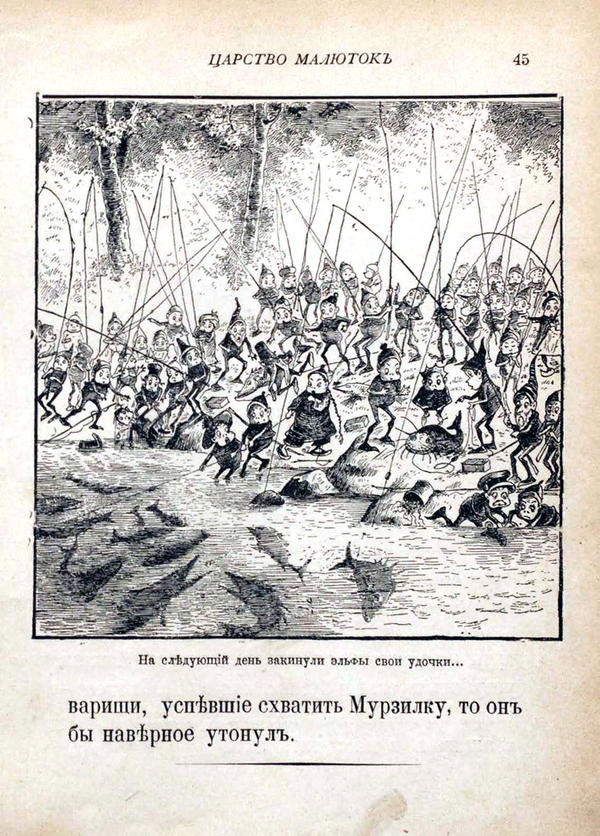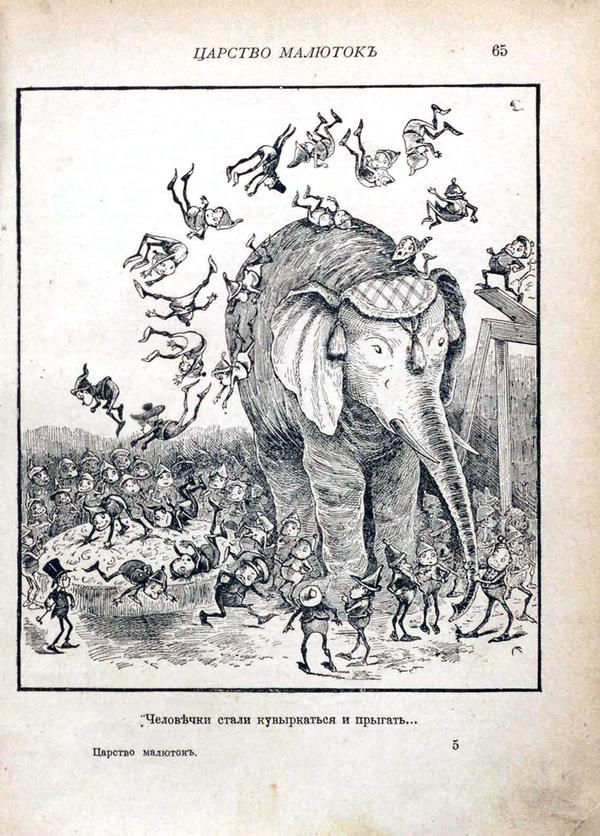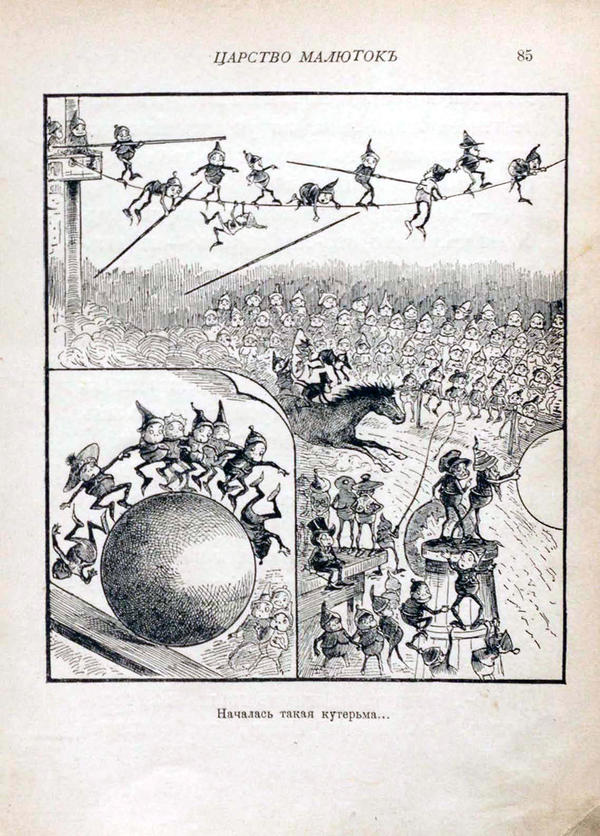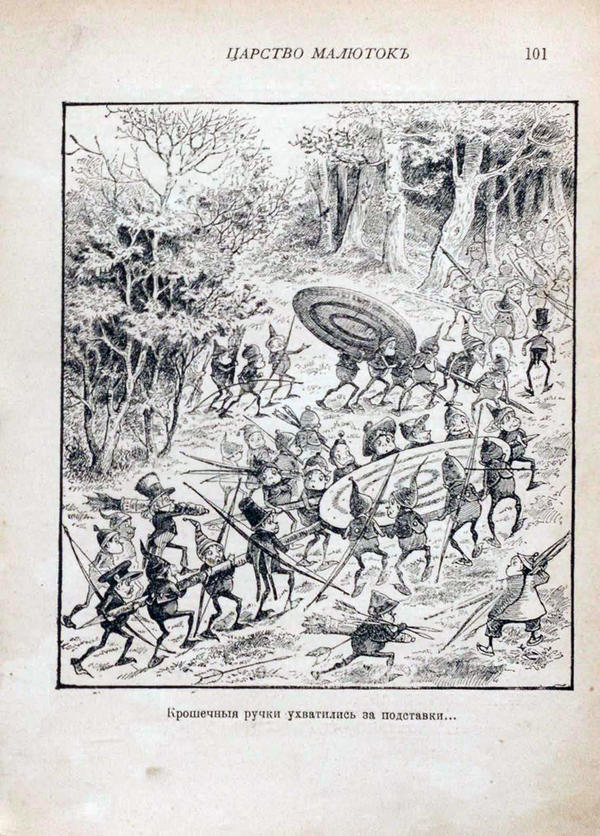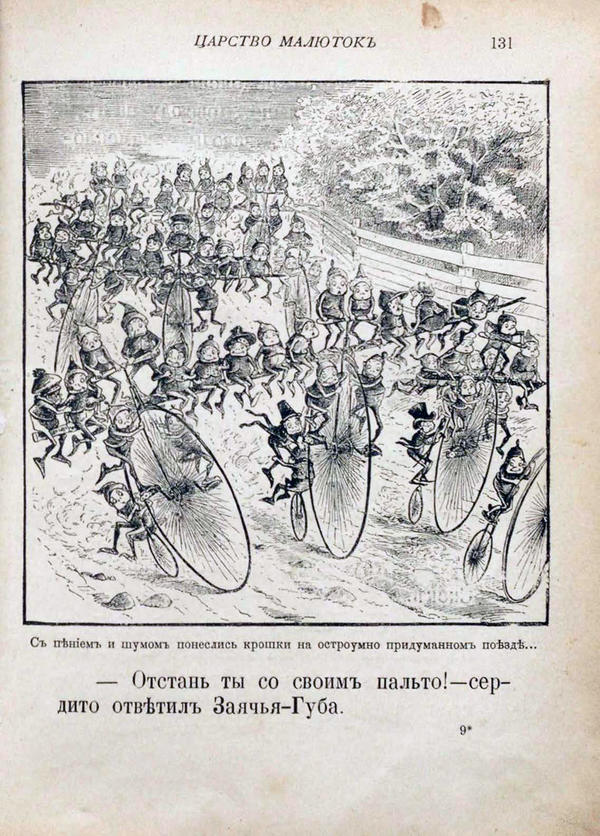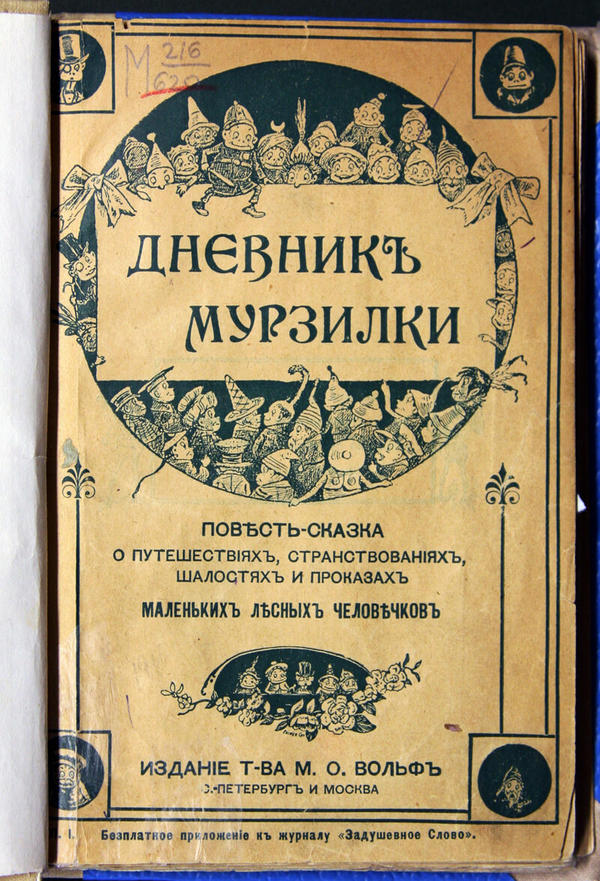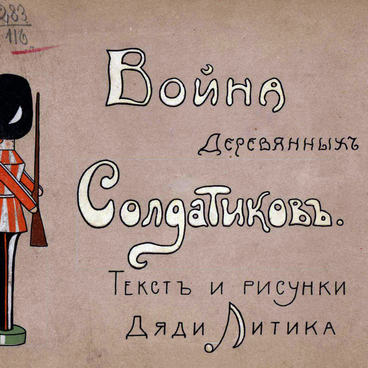Russian readers got the opportunity to appreciate the adventures of little men (‘The Brownies’) by the Canadian writer and artist Palmer Cox thanks to very loose Russian translations. Anna Khvolson was the first to translate stories about the Brownies. She also called these people ‘fairies’, although they bear more resemblance to house spirits in the source material. Anna Khvolson gave them Russian names, calling the main character Murzilka.
1 / 10
#20
A.B.Khvolson
The Kingdom of the Little Ones
#26
#13
Palmer Cox
Source: www.emperorsbridge.org
Source: www.emperorsbridge.org
#14
The earliest of Cox‘s publications about little Brownies dates back to 1879, but these characters were not finalized until February 1881 in the journal ‘Wide Awake’. In 1883, stories about the Brownies appeared in ‘St. Nicholas Magazine’ as comics. Their popularity began to grow, so these stories were then published in ‘The Ladies' Home Journal’. In 1887, he published the first book about the Brownies: ‘The Brownies: Their Book’. This first book was followed by two more: ‘Another Brownie Book’ (1890) and ‘The Brownies at Home’ (1893).
#4
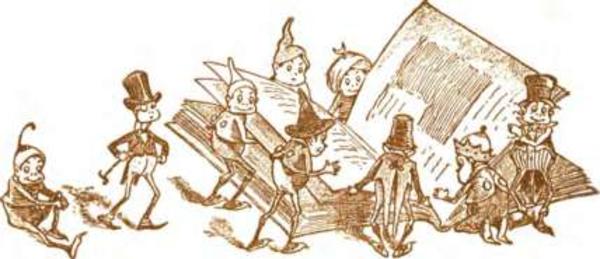
The Brownies reading a book
#5
Funny drawings accompanied by poems and adventures about little, quite naughty, yet cute men soon became known throughout the world. The popularity of Cox’s comic books was so great that the Brownies became probably the first ‘commercial’ fairy-tale characters - their images were used in advertising of such companies as Proctor & Gamble and Kodak. One of Kodak cameras, ‘Brownie’, was named after them.
#21
The Kingdom of the Little Ones: the Adventures of Murzilka and the Forest Lilliputians in 27 stories / A.B. Khvolson; p. 182 pic. P. Cox – St. Petersburg; Moscow: M.O. Wolf corp., censor. 1898
#15
Cox’s ‘Brownies’ were little male creatures who engaged in various mischiefs. There are about forty Brownies in Cox’s books (Chinese, Sailor, Dandy, Hindu, Policeman, Russian, Jockey, Canadian, King, Student, and others). Each of them had his own individual appearance: for example, Cholly Boutonnier wore a cylinder and a monocle, another Brownie was dressed like a typical Chinese peasant, another appeared before the readers as the leader of an Indigenous tribe in his combat garb. There was even a ‘Russian’ among the Brownies, ex-nihilist Professor Kotchakoff, as well as a character named Dunno (Neznayka).
#23
Small Fairies not only make numerous trips to India, Italy, Switzerland, Germany, France, London, Holland, Berlin, Vienna, to the Arctic Ocean, and to the tundra — but also engage in various exciting activities: whale riding, fish catching, kiting, honey harvesting, yarn spinning, snowman building, and so on. All of this is depicted in a cheerful, easy-going, witty, and a very informative manner.
#19
The introduction of the Russian literary character Murzilka can be attributed to Anna Khvolson. In 1898, she wrote a book ‘The Kingdom of the Little Ones: the Adventures of Murzilka and the Forest Lilliputians’. While adapting Cox’s stories, she invented her own adventures of ‘small forest fairies’ based on his drawings and gave the characters new names. It was this story that introduced the following characters: the main character Murzilka, Neznayka, Znaika, Dedko-Borodach, Zayachya Guba, Dr. Maz-Peremaz, Chumilka-Vedun, Lovky Skok, Okhotnik Mik, Vertushka, Chinese Chi-ka-chi, Native American Skih, Microbka, American John, and others.
All of them appeared together on the book cover. Murzilka, in his top hat and a dress coat, is in the centre. However, as it turns out, his head is empty.
In the late XIX — early XX century, various authors started using the name Murzilka to call other little forest people who appeared in their own stories.
In the late XIX — early XX century, various authors started using the name Murzilka to call other little forest people who appeared in their own stories.
#25
1 / 2
‘Murzilka’s New Diary’ was published in 1911 and 1913
#24
Khvolson’s story was so popular that the M.O. Wolf publishing house released two editions of the book before 1917.
These are primarily ‘Murzilka’s Diaries’, consisting of two novels: ‘Murzilka’s Diary’ and ‘Murzilka’s New Diary’. ‘Murzilka’s New Diary’ was published in 1911 and 1913. The Wolf‘s books do not indicate the author of these stories
‘Murzilka’s Diaries’ were published as an appendix to the magazine ‘Zadushevnoe slovo’.
These books are also displayed at the exhibition.
These are primarily ‘Murzilka’s Diaries’, consisting of two novels: ‘Murzilka’s Diary’ and ‘Murzilka’s New Diary’. ‘Murzilka’s New Diary’ was published in 1911 and 1913. The Wolf‘s books do not indicate the author of these stories
‘Murzilka’s Diaries’ were published as an appendix to the magazine ‘Zadushevnoe slovo’.
These books are also displayed at the exhibition.
читать дальшескрыть
4
Открыть в приложении
Поделиться
